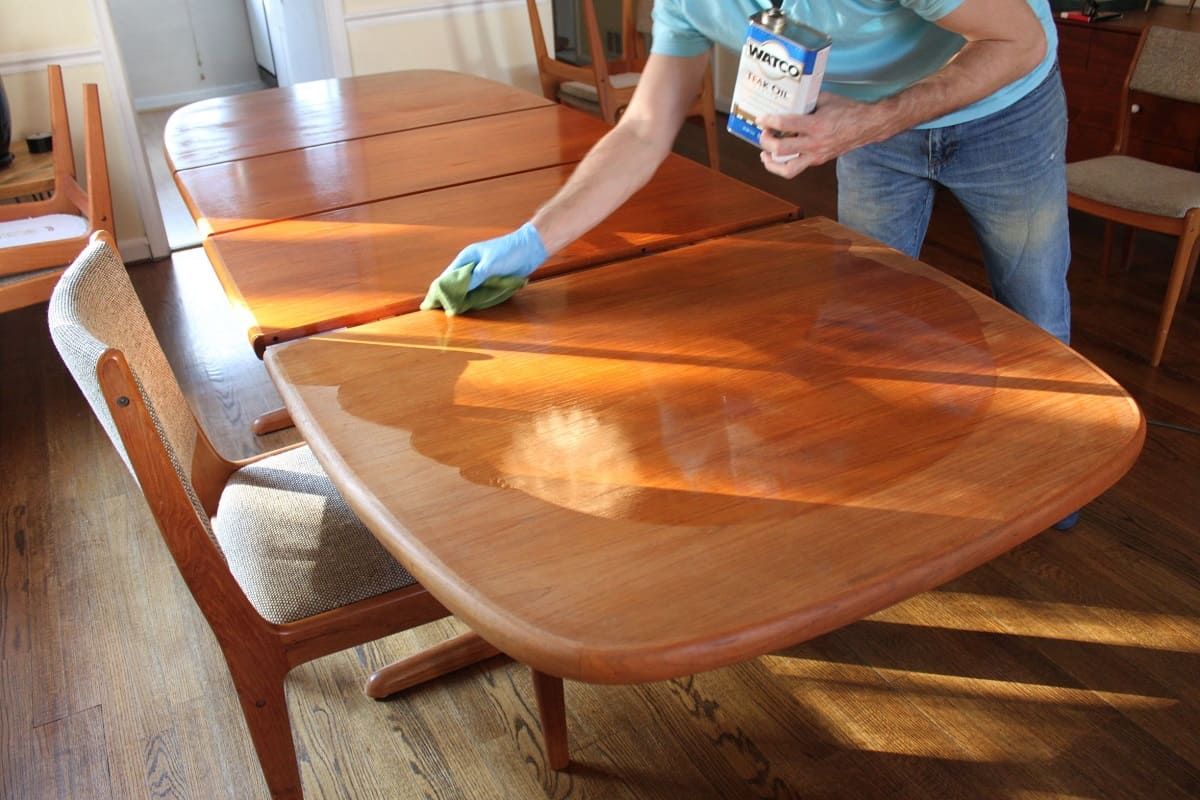

Tableware
How To Restore A Teak Dining Table
Modified: March 2, 2024
Learn the step-by-step process of restoring your teak dining table to its former glory with our comprehensive guide. Discover the best techniques and tableware to achieve stunning results.
(Many of the links in this article redirect to a specific reviewed product. Your purchase of these products through affiliate links helps to generate commission for Storables.com, at no extra cost. Learn more)
Introduction
Welcome to our comprehensive guide on how to restore a teak dining table. If you have a teak dining table that has seen better days, don’t despair! With a little bit of time and effort, you can bring it back to its former glory and enjoy many more years of use.
Teak is a popular choice for outdoor furniture due to its natural durability and resistance to rot and insect damage. However, over time, teak furniture can succumb to the elements and lose its luster. Fortunately, rejuvenating a teak dining table is a straightforward process that can be done by anyone with a few basic tools and materials.
In this guide, we will take you through a step-by-step process of restoring your teak dining table. From cleaning and removing stains to sanding and applying teak oil, we will cover all the essential steps to bring your table back to life. So, let’s get started!
Key Takeaways:
- Revive your teak dining table by cleaning, removing stains, sanding, and applying teak oil. Enjoy the natural beauty and durability of teak furniture for years to come with proper maintenance.
- Transform your weathered teak dining table into a stunning centerpiece with a few basic tools and high-quality teak oil. Restore, protect, and cherish the timeless beauty of teak wood.
Read more: How To Clean A Teak Dining Table
Materials Needed
Before we dive into the restoration process, let’s gather the materials you’ll need. Here’s a list of items that will come in handy:
- Protective gear: Safety should be your top priority. Make sure to wear a mask, safety goggles, and gloves to protect yourself from dust and chemicals.
- Soft-bristle brush: A brush with soft bristles will be useful for gentle cleaning and removing dirt and debris from the table’s surface.
- Mild detergent: Choose a mild detergent that is specifically formulated for wood to avoid damaging the teak.
- Stain remover: For tackling stubborn stains, consider using a teak stain remover. Look for a product that is suitable for teak wood and follow the instructions on the packaging.
- Sandpaper: You’ll need sandpaper with varying grits. Start with a coarse grit (around 80-100) for initial sanding, then move to a finer grit (around 180-220) for a smoother finish.
- Teak oil: Teak oil is essential for replenishing the natural oils in the wood and protecting it from the elements. Choose a high-quality teak oil specifically designed for outdoor furniture.
- Lint-free cloth or brush: This will be used for applying the teak oil evenly on the table’s surface.
- Optional: If you prefer a more polished look, you can also get a teak sealer or varnish. This will provide an extra layer of protection and enhance the appearance of the table.
Make sure to gather all the necessary materials before starting the restoration process. This will ensure a smooth and hassle-free experience.
Step 1: Cleaning the Table
The first step in restoring a teak dining table is to give it a thorough cleaning. Over time, dirt, grime, and mildew can accumulate on the surface of the table, making it look dull and unappealing. Here’s how you can clean your teak dining table:
- Remove loose debris: Begin by removing any loose debris such as leaves, dust, or cobwebs from the table. Use a soft-bristle brush or a cloth to gently sweep away the dirt.
- Mix a cleaning solution: In a bucket, mix a mild detergent with warm water. Be sure to follow the instructions on the detergent’s packaging for the appropriate dilution.
- Clean the table: Dip the soft-bristle brush into the cleaning solution and scrub the table in a circular motion. Pay attention to areas that have accumulated dirt or stains. Avoid using abrasive brushes or harsh chemicals, as they can damage the wood.
- Rinse the table: Once you have thoroughly cleaned the table, rinse off the cleaning solution with clean water. Use a hose or a bucket of water to gently rinse the surface.
- Dry the table: After rinsing, use a clean towel or allow the table to air dry completely. Avoid direct sunlight, as it can cause the wood to warp or crack.
By cleaning the table, you are removing any surface residue, allowing you to see the true condition of the wood and prepare it for the next steps in the restoration process.
Step 2: Removing Stains
Even after cleaning, you may still notice stubborn stains on your teak dining table. These can be caused by food spills, drink rings, or other materials that have seeped into the wood. Fortunately, there are methods you can use to effectively remove stains and restore the table’s natural beauty. Here’s how:
- Identify the stains: Begin by identifying the type of stain you’re dealing with. Common stains on teak include oil, grease, food, and drink stains. Different stains may require different treatment methods.
- Oil and grease stains: For oil and grease stains, sprinkle some baking soda or cornstarch on the affected area and let it sit for a few minutes. Then, gently scrub the stain with a soft brush or cloth dipped in warm water. Repeat the process if necessary until the stain is lifted.
- Food and drink stains: Mix equal parts vinegar and water to create a natural stain remover. Dip a clean cloth into the solution and gently rub the stain in circular motions. Rinse the area with clean water and dry it thoroughly.
- Stubborn stains: If the stains persist, you may need to use a commercial teak stain remover. Follow the instructions on the product carefully, as different stain removers may have varying application methods.
Remember to test any stain remover or cleaning solution on a small, inconspicuous area of the table first to ensure it doesn’t discolor or damage the teak. Additionally, always work with the grain of the wood when applying any cleaning solutions or scrubbing the surface.
By effectively removing stains, you’ll be able to restore the table to its original beauty and prepare it for the next steps of the restoration process.
To restore a teak dining table, start by cleaning the surface with a teak cleaner and a soft brush. Sand any rough spots, then apply teak oil to protect and restore the wood’s natural color.
Step 3: Sanding the Surface
After cleaning and removing stains from your teak dining table, the next step is to sand the surface. Sanding helps to smooth out any rough spots, remove scratches, and prepare the wood for the application of teak oil. Here’s how you can sand your teak dining table:
- Choose the right sandpaper: Start by selecting the appropriate grit of sandpaper. A coarse grit (around 80-100) is ideal for initial sanding to remove any roughness or imperfections. For a smoother finish, move to a finer grit (around 180-220) for the final sanding.
- Sand with the grain: Always sand in the direction of the wood grain to avoid damaging the teak. Use long, smooth strokes to sand the surface evenly. Avoid pressing too hard or sanding in one spot for too long, as this can result in uneven surfaces.
- Smooth out rough areas: Pay extra attention to any rough or damaged areas on the table. Sand them gently until they are smooth and blend in with the rest of the surface.
- Remove sanding dust: Once you have finished sanding, use a clean, dry cloth or a vacuum cleaner to remove all the sanding dust from the table. This will ensure a clean surface for the next step.
Sanding the surface of the teak dining table helps to restore its smoothness and prepares it for the application of teak oil. Remember to work carefully and patiently during this step to achieve the best results.
Note: If your teak table has a varnish or sealer, you may need to strip it off using a paint stripper before sanding. Follow the instructions provided by the paint stripper manufacturer and take necessary precautions for safety.
Read more: How To Refinish A Teak Dining Table
Step 4: Applying Teak Oil
Once you have cleaned, removed stains, and sanded your teak dining table, it’s time to bring out the natural beauty of the wood by applying teak oil. Teak oil helps to nourish and protect the wood, enhancing its color and adding a layer of defense against the elements. Here’s how to apply teak oil to your table:
- Choose a suitable teak oil: Select a high-quality teak oil that is specifically designed for outdoor furniture. Be sure to read the product instructions and make sure it is suitable for teak wood.
- Prepare the area: Find a well-ventilated area where you can work comfortably. Lay down a drop cloth or newspaper to protect the surrounding surface from any oil spills.
- Apply the first coat: Dip a clean, lint-free cloth or a brush into the teak oil and apply a liberal coat to the entire surface of the table. Make sure to work the oil into the wood, covering all areas evenly. Allow the oil to penetrate the wood for about 15 minutes.
- Remove excess oil: After the oil has had time to penetrate, use a clean cloth to wipe off any excess oil from the table. This will prevent a sticky or greasy finish.
- Apply additional coats: Depending on the condition of your table and the desired level of protection, you may need to apply multiple coats of teak oil. Allow each coat to dry completely before applying the next one. Follow the instructions on the teak oil product for the recommended number of coats.
By applying teak oil, you are replenishing the natural oils in the wood and protecting it from moisture, UV rays, and other environmental factors. This will help to maintain the longevity and beauty of your teak dining table.
Remember to dispose of any oil-soaked materials properly and follow the manufacturer’s instructions for cleaning tools used in the oil application process.
Step 5: Finishing Touches
After you have applied teak oil to your dining table, it’s time to add the finishing touches to ensure a polished and long-lasting result. These final steps will contribute to the overall appearance and protection of your newly restored teak dining table. Here’s what you need to do:
- Inspect for uneven areas: Take a close look at the table’s surface to identify any remaining uneven areas or imperfections. If necessary, lightly sand those spots to create a smooth and consistent surface.
- Consider using a teak sealer or varnish: If you desire additional protection or a more polished look, you can apply a teak sealer or varnish after the teak oil has dried completely. Follow the instructions on the product for application and curing times.
- Maintain regular cleaning: To keep your teak dining table looking its best, establish a regular cleaning routine. Wipe away any spills or debris promptly, and periodically clean the table with a mild detergent and water solution to remove dirt and maintain its appearance.
- Protect from the elements: Although teak is highly durable, it’s still beneficial to protect your dining table from extreme weather conditions. Consider using a cover or storing the table indoors during harsh seasons or when not in use.
- Enjoy your restored teak dining table: Now that you have successfully restored and finished your teak dining table, it’s time to enjoy it! Gather family and friends around, and create lasting memories while appreciating the beauty of your teak furniture.
By completing these finishing touches, you ensure that your teak dining table looks its best and remains protected for years to come. Regular maintenance and care will help extend its lifespan and maintain its natural beauty.
Congratulations on successfully restoring your teak dining table!
Conclusion
Restoring a teak dining table may seem like a daunting task, but with the right knowledge and a little elbow grease, it is entirely achievable. By following the steps outlined in this guide, you can bring new life to your teak table and enjoy its beauty and functionality for many more years to come.
Remember, the key to a successful restoration is a thorough cleaning, careful stain removal, proper sanding, and the application of high-quality teak oil. These steps will revive the natural beauty of the wood, protect it from the elements, and ensure its longevity.
Once your teak dining table is restored, don’t forget to maintain it regularly. Clean up spills promptly, protect it from extreme weather conditions, and establish a regular cleaning routine to keep it looking its best.
Restoring a teak dining table is not only about bringing the piece back to life; it’s also about preserving its rich history and the memories shared around it. So gather your loved ones, sit around your beautifully restored table, and enjoy the warmth and charm that only teak can bring.
We hope this guide has provided you with the knowledge and inspiration to embark on your teak dining table restoration journey. Happy restoring!
Frequently Asked Questions about How To Restore A Teak Dining Table
Was this page helpful?
At Storables.com, we guarantee accurate and reliable information. Our content, validated by Expert Board Contributors, is crafted following stringent Editorial Policies. We're committed to providing you with well-researched, expert-backed insights for all your informational needs.
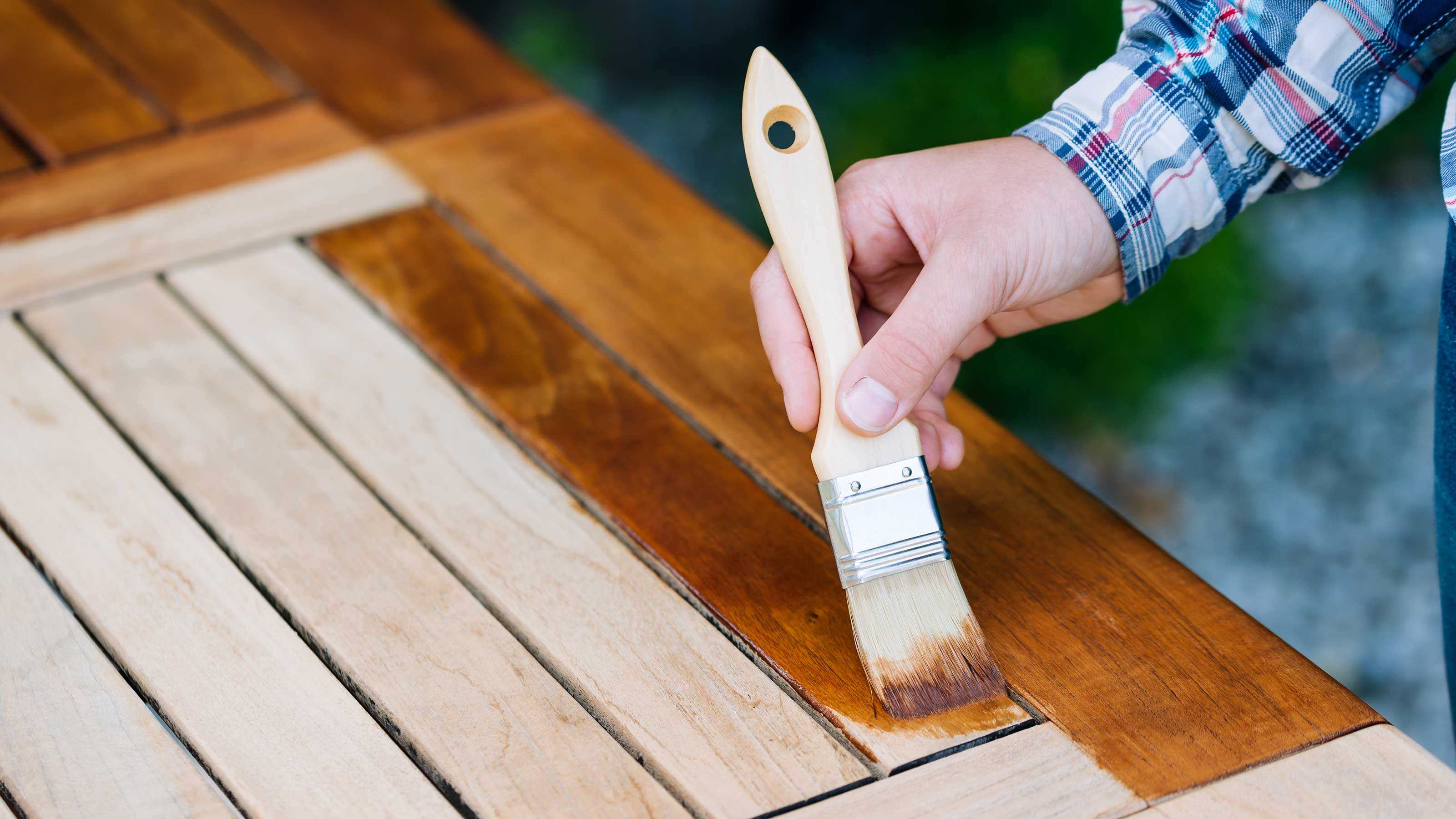
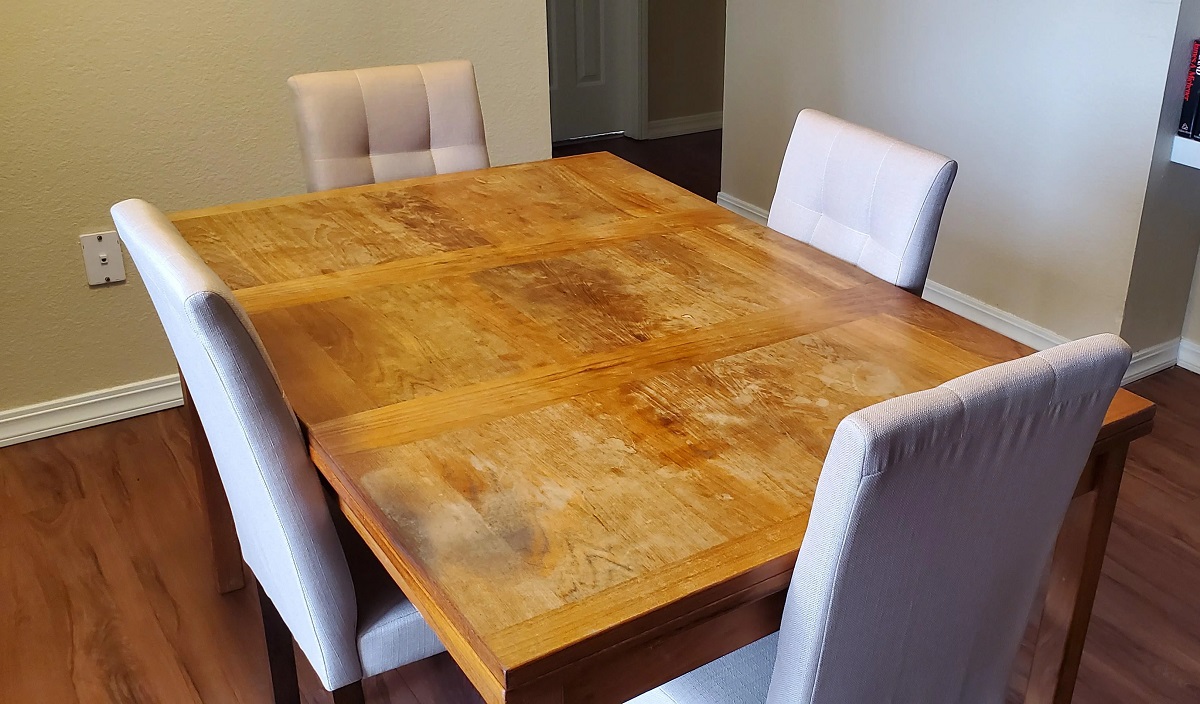
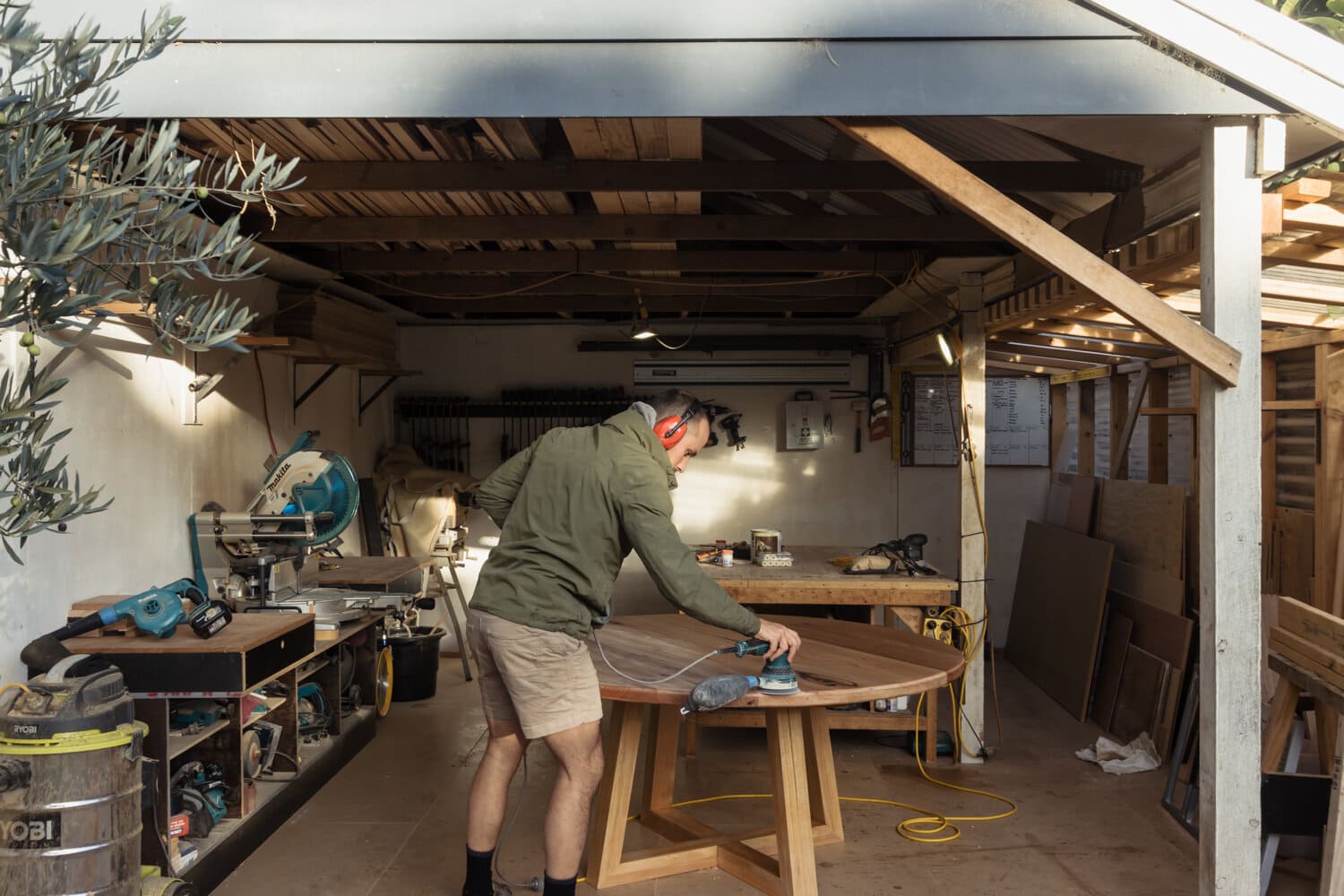
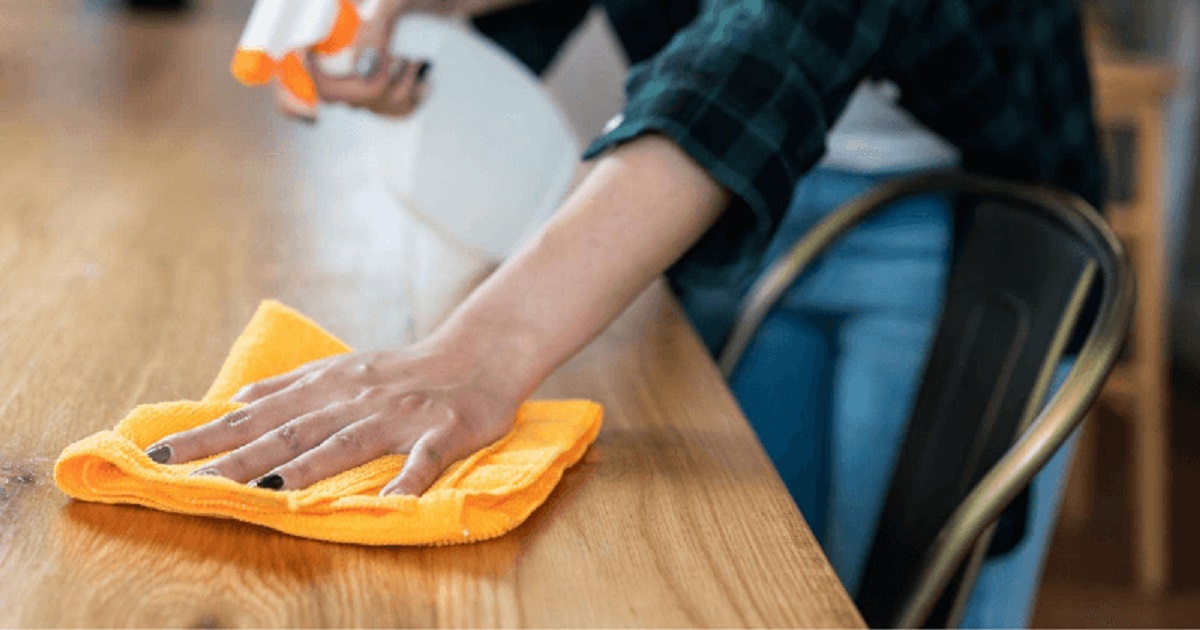

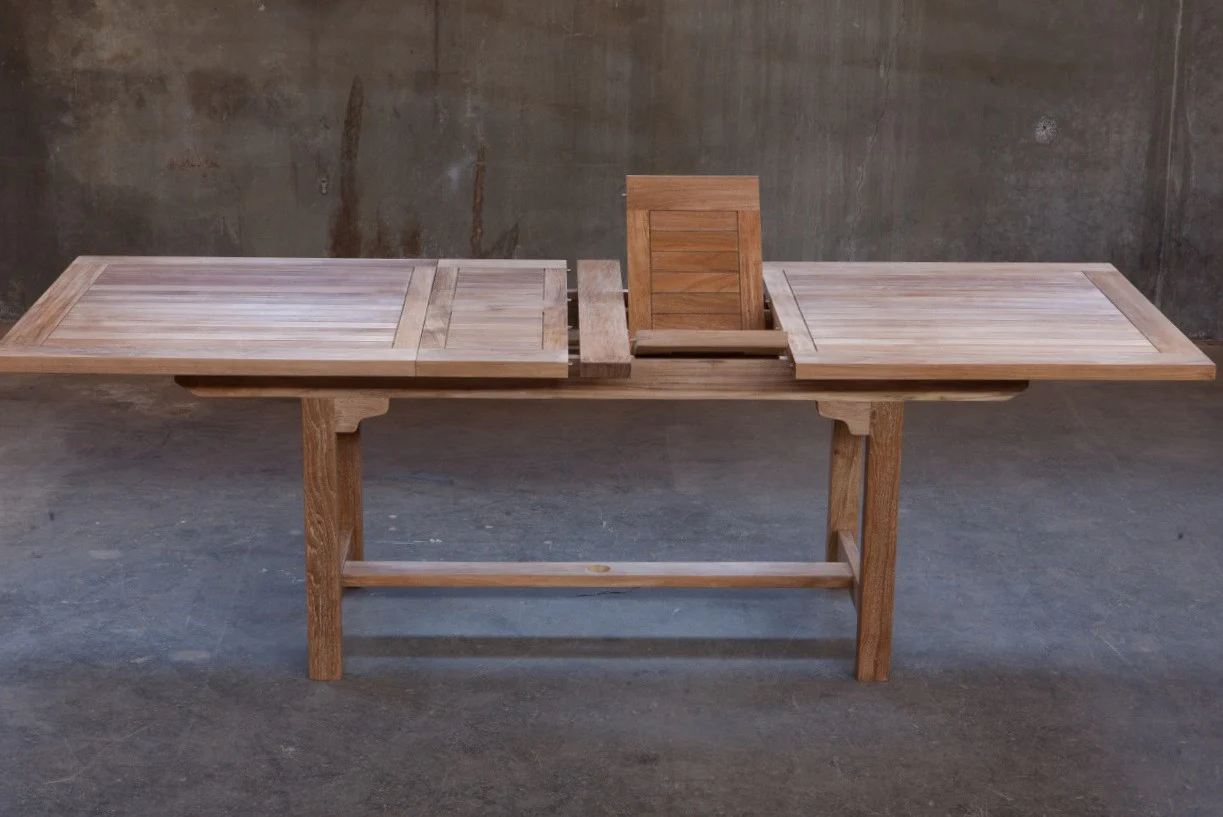
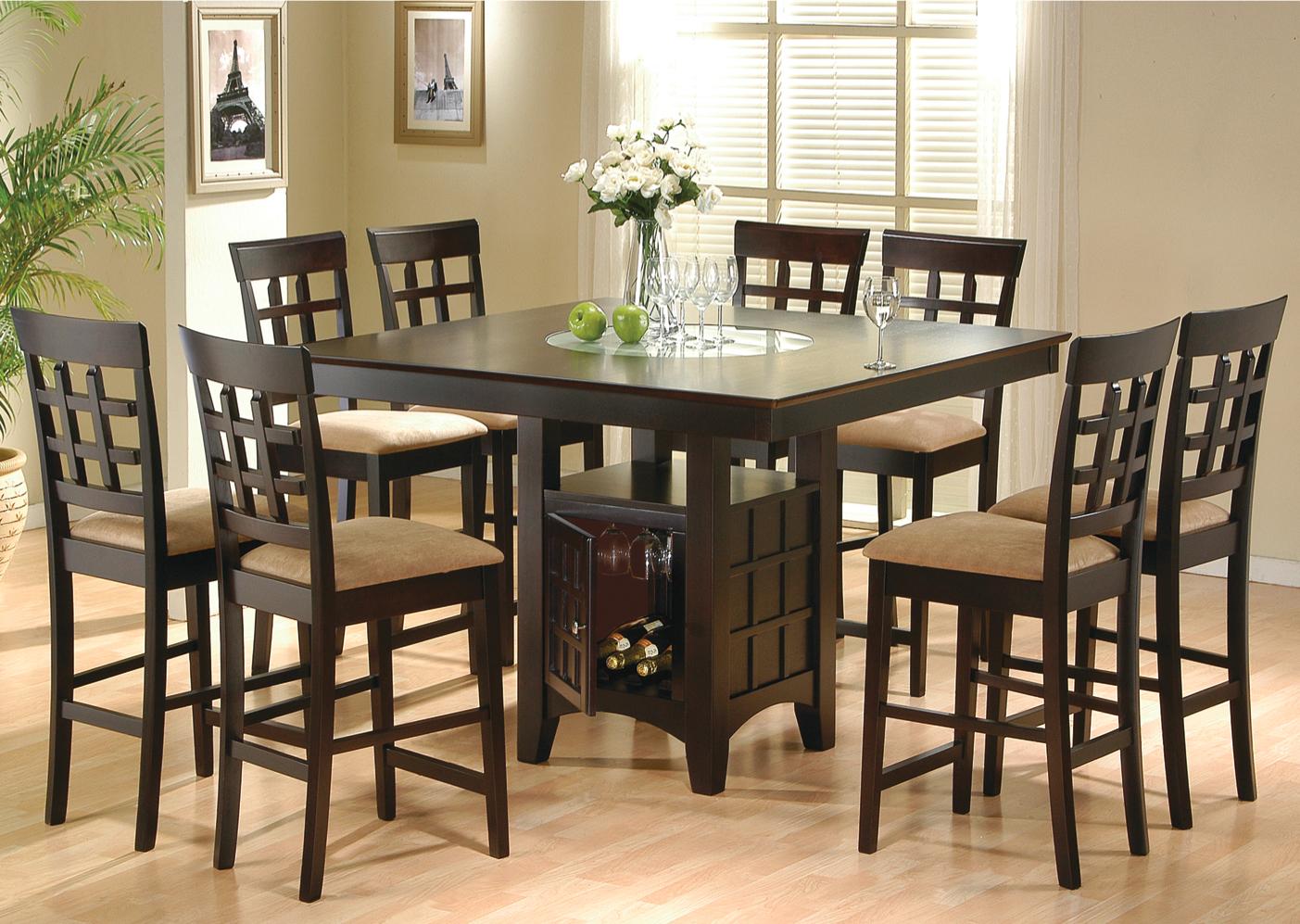
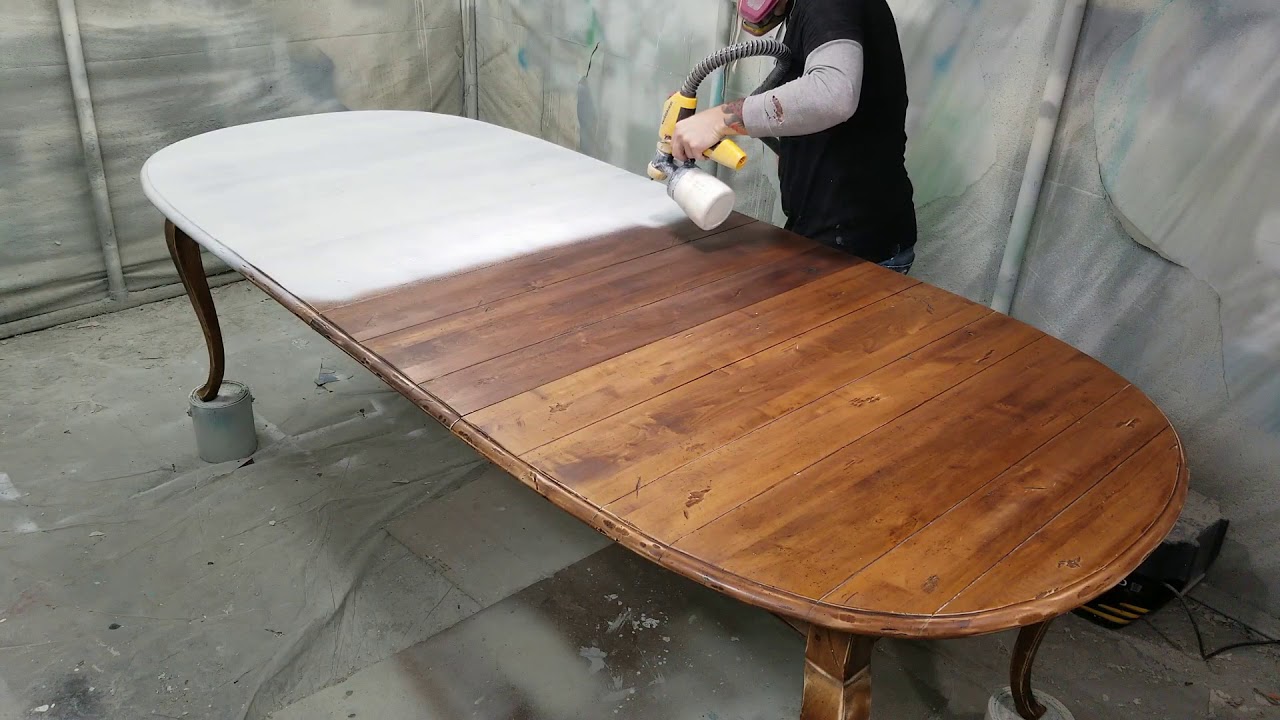
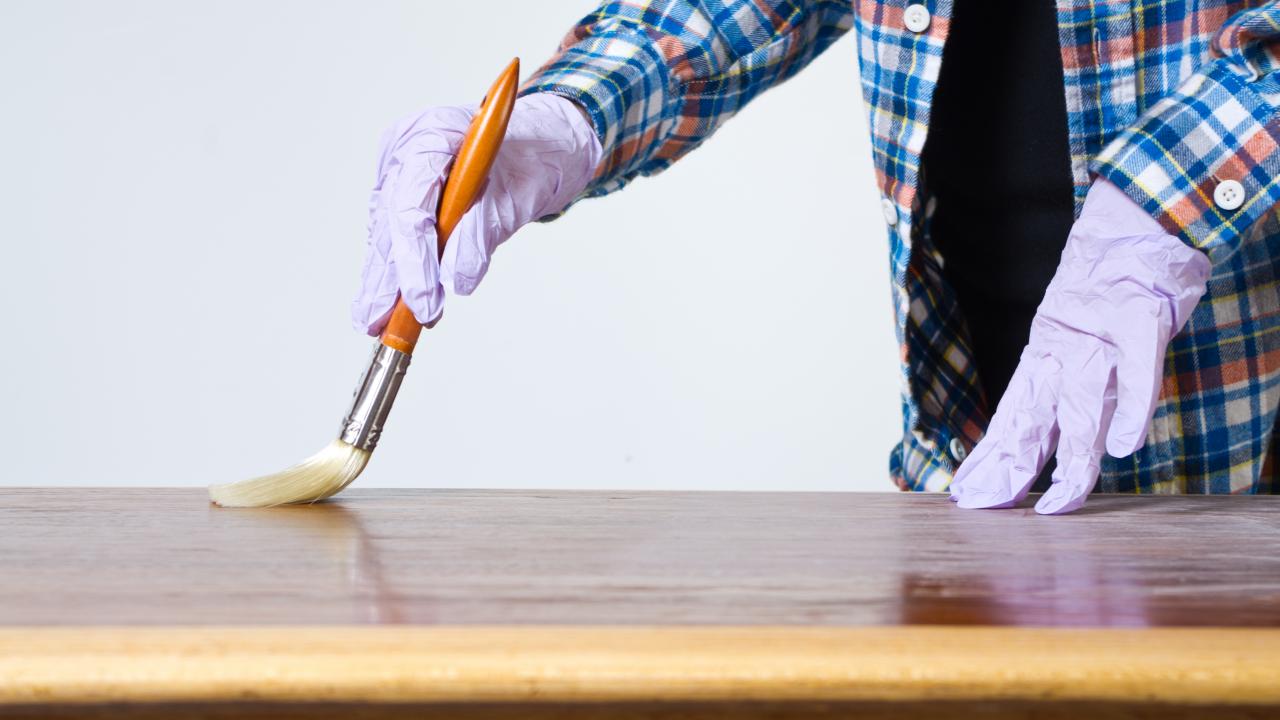
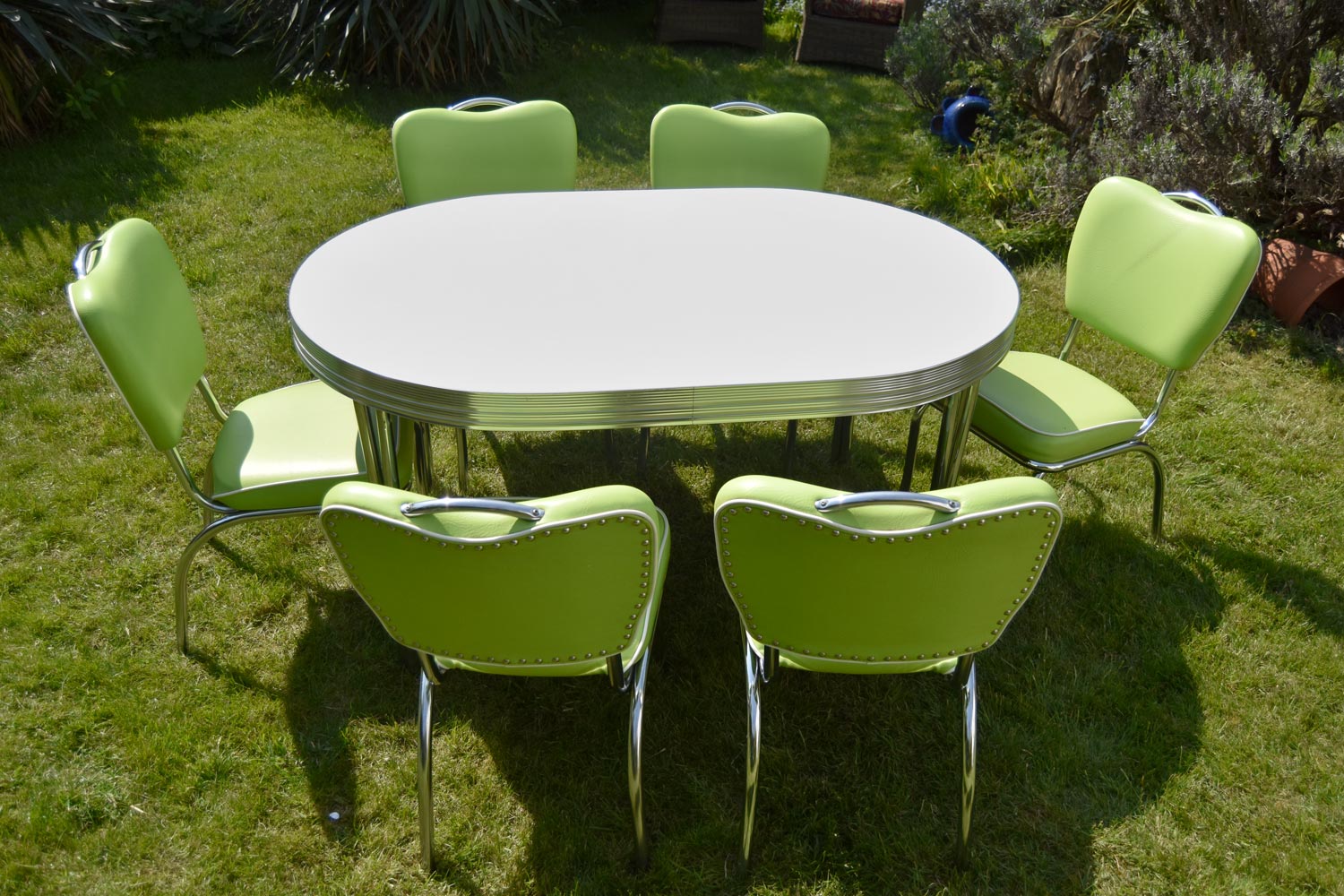



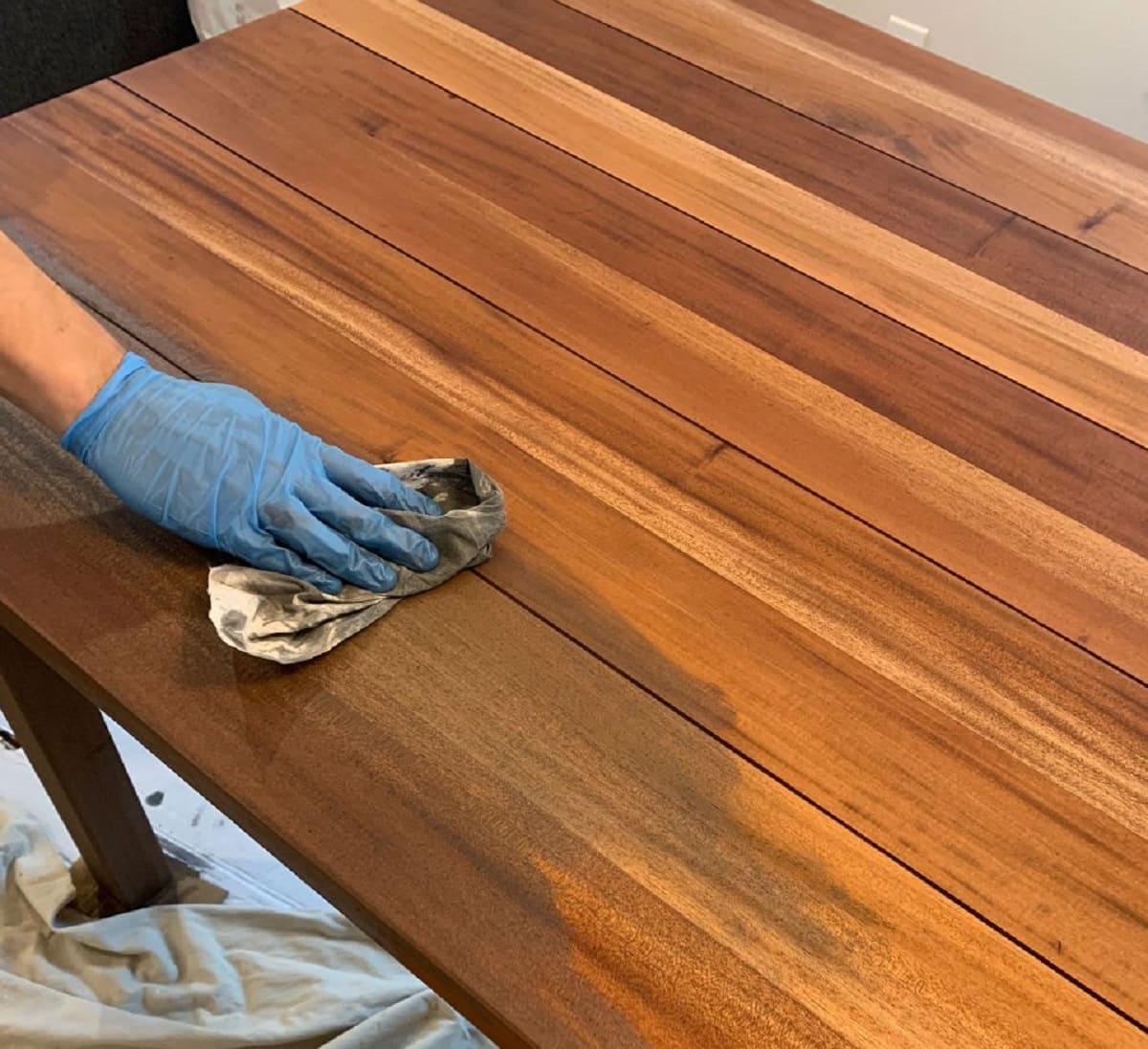

0 thoughts on “How To Restore A Teak Dining Table”